Sharp Aquos LC-46LE700E 46in LED Backlit LCD TV Review
Sharp Aquos LC-46LE700E 46in LED Backlit LCD TV
The Sharp LC-46LE700E now has 100Hz motion processing, so does this LED backlit LCD TV find favour with John?
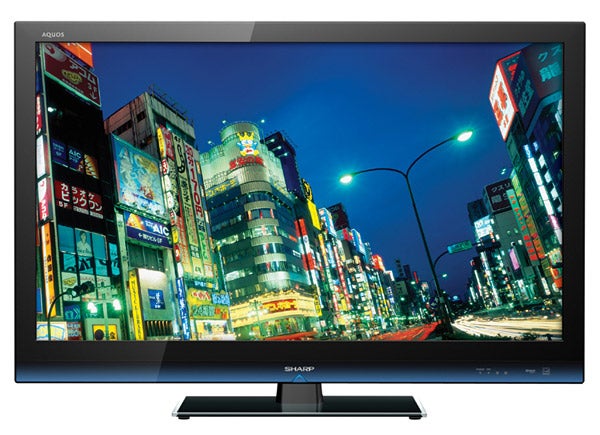
Verdict
Key Specifications
- Review Price: £1129.93
A little under a month ago I looked at and NEARLY loved the 40LE600E – the first of Sharp’s new breed of budget LCD TVs with direct LED backlighting. In fact, the only big problem I had with it was its tendency to suffer with motion blur. So I’m understandably excited today by the arrival of Sharp’s 46in 46LE700E: a step-up LED model that adds 100Hz motion processing to proceedings.
My excitement wanes a little, though, as I clock the 46LE700E’s looks. For to my eyes, the way it replaces the hip and trendy metallic strip that graced the bottom edge of the 40LE600E with a blue-tinged black plastic strip actually leaves it looking less attractive than its cheaper sibling.
But heck – this is a minor, maybe even a subjective point, and as such will be rendered utterly unimportant if the 46LE700E delivers the hoped-for picture quality improvements.
There’s no debate about the 46LE700E’s connections, though. It just outguns the 40LE600E, plain and simple, by adding an extra HDMI (bringing the total up to four) and enabling its USB port for JPEG and MP3 playback. While the 40LE600E also had a USB port, that one was only for service purposes. 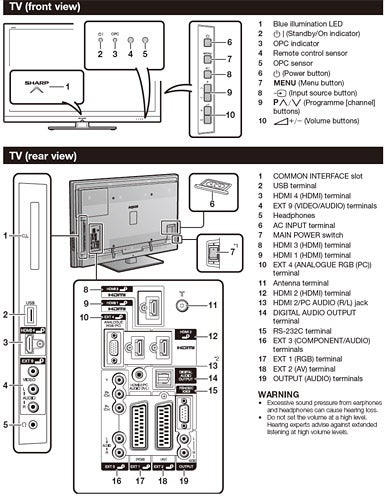 (centre)”’Source: Sharp online manual”’(/centre)
(centre)”’Source: Sharp online manual”’(/centre)
It’s a pity, I guess, that the 46LE700E doesn’t take things a gear or two higher by, say, providing any Internet or DLNA PC access. But such features don’t interest everybody, of course, and may well have led to the 46LE700E costing rather more than the reasonably aggressive £1,130 we’ve found it going for.
Actually, considering that the 46LE700E uses direct (as opposed to edge) LED lighting, complete with local dimming for an enhanced contrast performance, its price could be considered very aggressive. Though as I noted during the review of the 40LE600E, there is a reason why the 46LE700E isn’t in the same sort of high price bracket as some other direct LED TVs, such as Sony’s X4500 range and Sharp’s own uber-expensive XS1E models. And that reason is that it employs relatively inexpensive white LED dimming rather than the costly RGB system used by many other direct LED TVs, and so may lack colour range versus its RGB counterparts.
It’s possible, too, that the 46LE700E doesn’t employ as many LED light arrays as more expensive models, but since Sharp has stated that it can’t supply me with this information, I can’t take this point any further…
Anyway, as noted earlier, having already covered the whys and wherefores of white dimming direct LED technology in the review of the 40LE600E, it’s arguably the 46LE700E’s 100Hz processing that’s its most significant trick. For if its process of doubling the image refresh rate really can magic away the sort of innate response time-related blur problem noticed on the 40LE600E, it has the potential to make the 46LE700E a great TV rather than just a good one.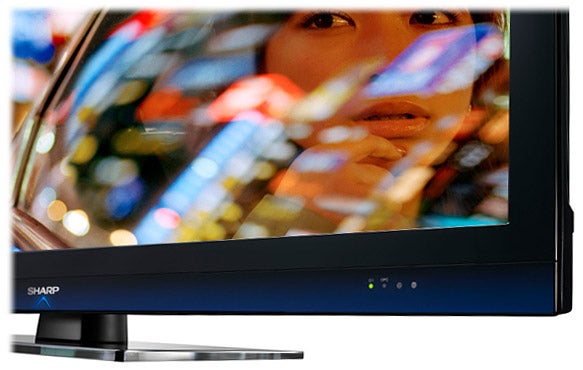
Delving into the 46LE700E’s reasonably well-stocked, solidly presented onscreen menus, you find a reasonable collection of adjustments. The most significant of these is a really quite sophisticated colour management system, but there are also a variety of noise reduction settings, an always-appreciated variety of gamma settings, and the option to turn off the 100Hz system. This latter option might sound a bit daft on paper; after all, if you don’t like 100Hz processing, you might as well save a few pounds and go for the LE600E range, right?
Actually, though, it’s not quite as clear cut as that. For my own personal experience of 100Hz processing systems is that while they might work great for some types of source, they can generate a few distracting artefacts with others. So providing the flexibility to turn a 100Hz system off and on as I wish is actually pure common sense.
After such a big build up, though, I have to say that the 46LE700E’s 100Hz engine turns out to be something of a disappointment. For no matter how much I tinkered with the picture’s settings, I couldn’t manage to rid the picture of as much motion blur as I would have liked.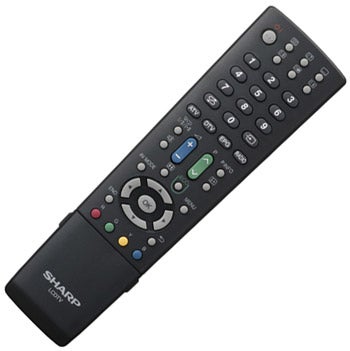
To be clear about this, I’m not saying that the 100Hz engine is completely ineffective; motion actually does look slightly sharper and more detailed than it does on the 40LE600E. But the system isn’t quite potent enough to achieve the same level of blur suppression it does on many rival LCD TVs these days. So while the 46LE700E is incrementally better than the 40LE600E, I still can’t in all honesty award it with one of TrustedReviews’ Recommended awards.
I also must point out that very oddly, the 100Hz on/off option isn’t actually available as an option when you’re watching 24p Blu-ray feeds. While some TVs switch to a different processing mode with 24p content, I can’t think of a single other TV where the 100Hz engine option is just flat-out disabled with 24p playback. Though feel free to bombard me with examples in the Comments section of this review if I’m wrong!
The fact that the 46LE700E’s motion is still flawed even with the 100Hz processing is made all the more unfortunate when you consider how good its pictures are in other ways – at least after you’ve spent some time calibrating the image away from the generally dismal presets the TV ships with.
For instance, as usual with direct LED TVs, the 46LE700E can produce a strikingly profound black colour by flat TV standards. Furthermore, thanks to local dimming, these inky blacks are able to sit right alongside strikingly bright and pure whites in a way a standard, single light source LCD TV would find near impossible to match.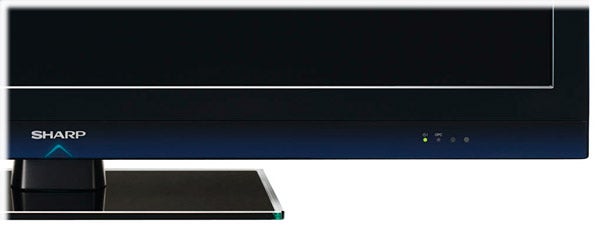
There’s a slight lack of fine detail in black areas, thanks to the inability of the dimming LED light sources to be locally accurate down to single pixel level. But this only affects a fairly limited selection of images, and is something you may not even notice unless you directly compare the same dark sequence on the 46LE700E with a good standard LCD or edge LED alternative.
It was pleasing to note, too, only minor and rare traces of direct LED’s haloing problem during dark scenes. Though at the same time, the picture loses black level quite badly if watched from the side.
The 46LE700E excels – as the 40LE600E did – when it comes to presenting the detail and crispness of a good HD source, except for when the motion issues get in the way. 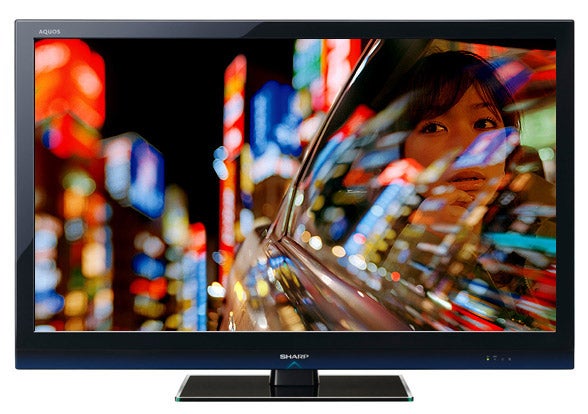
Next, as we’d expect given the TV’s extreme contrast performance, after calibration – though only after calibration! – it proves capable of delivering some really excellent colours: dynamic, natural (especially versus Sharp’s standard LCD TVs), yet also more subtle than I’d expected given the white dimming ‘limitation’ and presumably restricted number of LEDs.
Turning to the 46LE700E’s sound, it sadly doesn’t live up to the size and general quality of the TV’s pictures. It’s decent enough during fairly straightforward TV fare, but it fails to open up much at all to embrace remotely dynamic or expansive film scenes, leaving them sounding a bit one-dimensional and uninvolving.
”’Verdict”’
While the 46LE700E delivers some if not all of the expected benefits of direct LED technology at an appealing price, making it another good LED TV, it’s a shame that its 100Hz system isn’t quite potent enough to overcome the motion blur issue that seems inherent to Sharp’s current LED panel design.
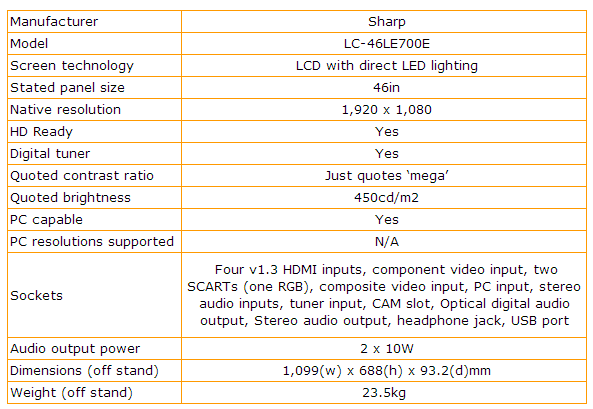
How we test televisions
We test every TV we review thoroughly over an extended period of time. We use industry standard tests to compare features properly. We’ll always tell you what we find. We never, ever, accept money to review a product.
Trusted Score
Score in detail
-
Features 9
-
Value 8
-
Image Quality 8
-
Design 8
-
Sound Quality 7
Features
| Size (Inch) | 46in |
| Display Type | LED |

